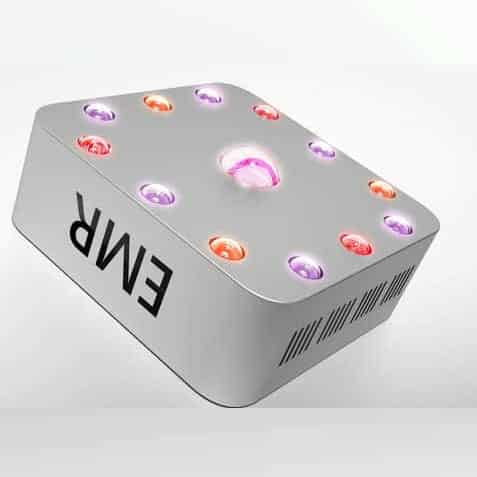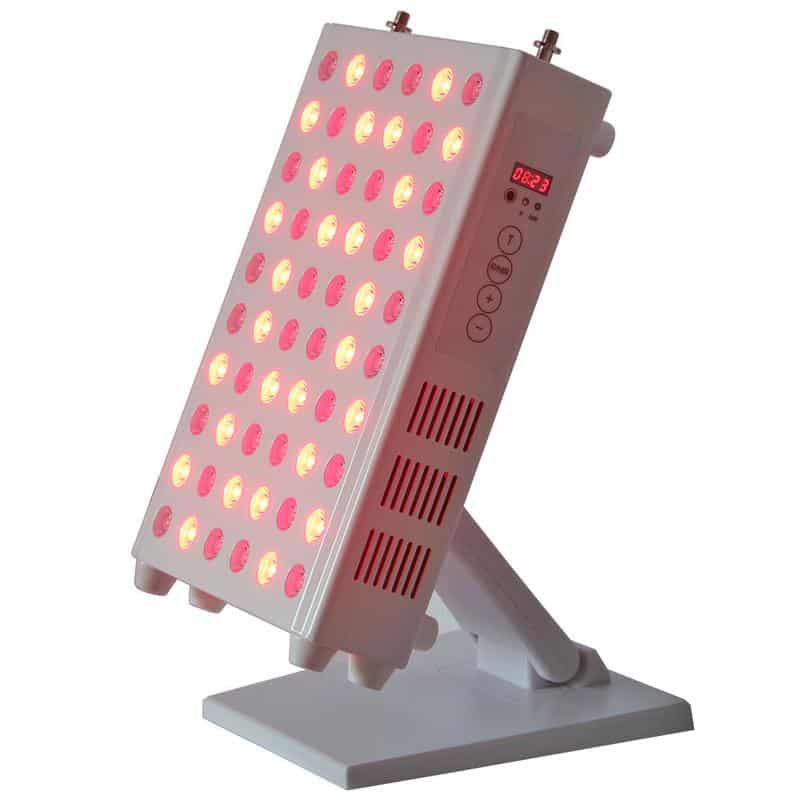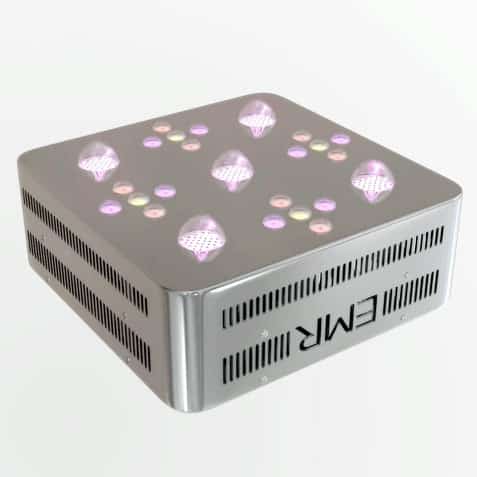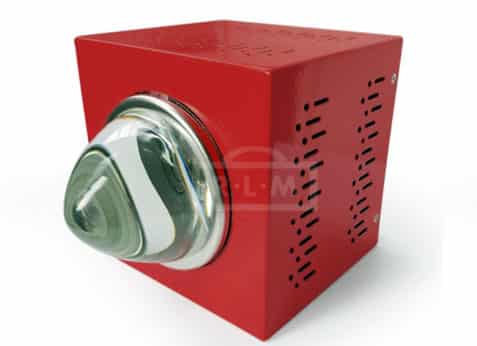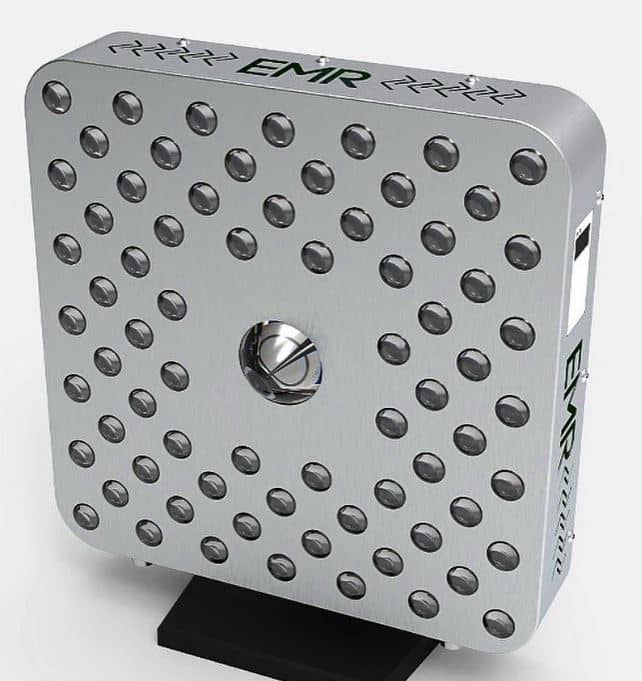
In this article we take a closer look at what the experts are saying regarding the risks or side effects of red light therapy and what you should be aware of.
Are There Risks or Side Effects Associated with Red Light Therapy?
As with any therapy, the answer to this depends on the frequency and intensity with which it’s applied, and of course the individual. Red light therapy is widely used in spas and health centers around the world because it is generally considered safe and people report positive results.
Since everyone is different we always recommend that you work with your doctor or health professional to work out what is best for you.
Research continues and you can find plenty of published medical studies on PubMed and other websites that publish medical research.
What Does Science Say About the Safety of Red Light Therapy?
Thousands of published, peer-reviewed studies have been conducted on red light therapy with none reporting any significant safety issues that would deem it as dangerous. This includes both long and short term studies that included follow-up protocols showed no adverse effects after either short or prolonged use of red light devices for therapeutic effect.
A five-year study of patients with age-related macular degeneration, which was published in 2018, found that LLLT is an effective treatment for the condition, and results in long-term improved vision with no side effects.
Here is a collection of 9 clinical studies which demonstrate that subjects exposed to red/NIR light experienced skin rejuvenation with no side effects.
Fluctuating hormones may cause pregnant women to develop acne. Unlike oral tetracycline, which has been associated with miscarriages, red light therapy has been found to be effective in treating acne and safe for use during pregnancy.
Final Thoughts on RLT Safety
LLLT and red light therapy seems to be, for most people, a very non-invasive and well tolerated therapy which is unlikely to cause any side effects. Whether it can help everyone across the board without any side effects remains to be seen.
Some people are more sensitive than others, not all devices are the same and not all treatment plans are the same so results, of course, will vary.
There have been results which found that red and other types of light therapy can cause adverse reactions when an inappropriate choice of light source or an inappropriate dosage/intensity is used. Some people have reported mild skin burns or swelling, dizziness, muscle weakness in some cases nausea. There does seem to be an optimal dosage and intensity of light for any given type of application, and in the case of red light therapy, its most often lower doses that are found to be more effective than higher doses.
Be sure to always work with your doctor, health care professional or a qualified PBM practitioner whenever beginning any type of treatment and make sure you report any side effects as you go.





